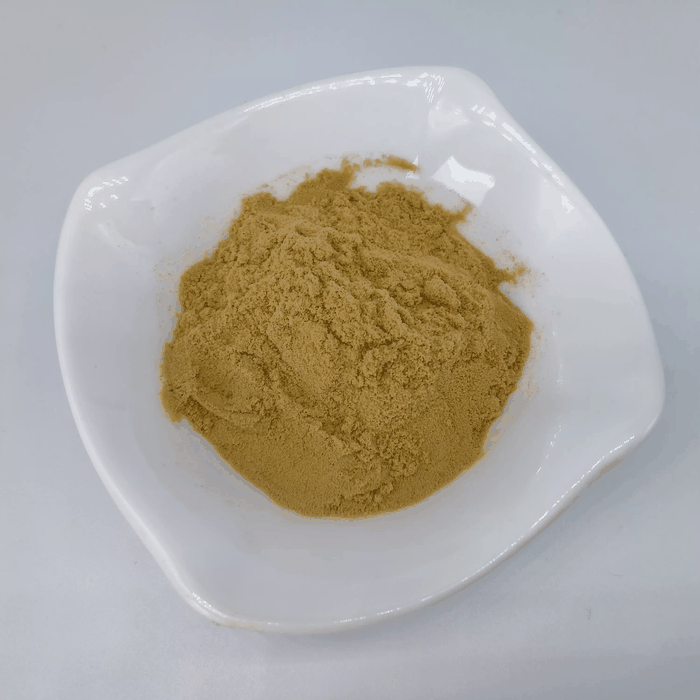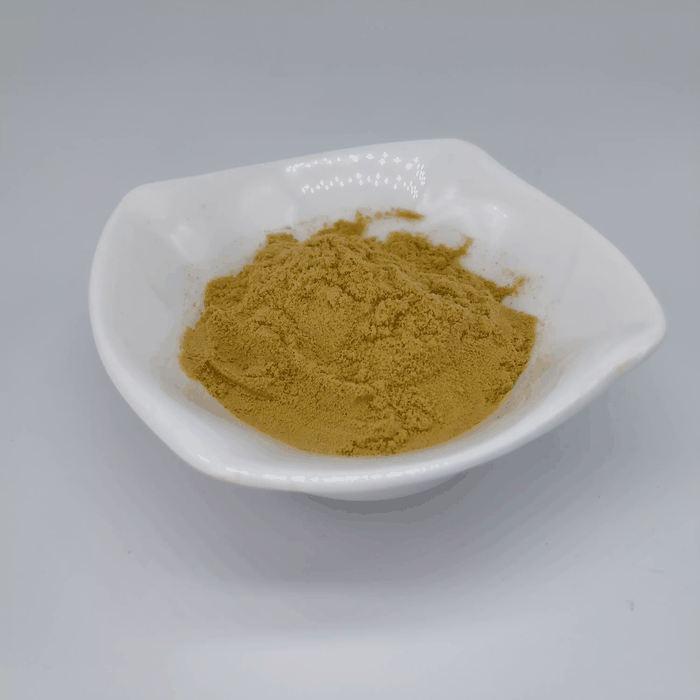β-Amylase
Synonym(s):1,4-α-D -Glucan maltohydrolase
- CAS NO.:9000-91-3
- Empirical Formula: NULL
- Molecular Weight: 0
- MDL number: MFCD00081391
- EINECS: 232-566-1
- Update Date: 2024-11-14 20:10:21
What is β-Amylase?
The Uses of β-Amylase
β-Amylase is a gel filtration molecular weight marker that can be used in gel filtration chromatography and protein chromatography. β-Amylase can be purified by affinity precipitation with alginate.
The Uses of β-Amylase
β -Amylase is used to hydrolyze α bonds of α-linked polysaccharides, such as starch and glycogen. β -Amylase, has been used in various plant studies, such as carbon starvation studies in Populus tremuloides 1 . β -Amylase, from barley, has been used to study how pressure and temperature affect catalytic activity.
The Uses of β-Amylase
In starch processing, brewing, distilling, baking, animal feed, sewage treatment.
General Description
β-Amylases belongs to the class of amylolytic enzymes.
Flammability and Explosibility
Not classified
Biochem/physiol Actions
β-Amylase hydrolyzes the α-(1,4) glucan linkages in polysaccharides of three or more α-(1,4) linked D-glucose units. Natural substrates such as starch and glycogen are broken down into glucose and maltose. Pure, crystalline β-amylase preparation consists of four isoenzymes with different isoelectric points. The enzyme polymerizes very rapidly through the sulfhydryl groups in the absence of reducing agents. p-Chloromercuribenzoate inhibits the polymerization and the enzymatic activity. The reducing agents mercaptoethanol or dithiothreitol can completely restore the activity.
Properties of β-Amylase
| Density | 1.37[at 20℃] |
| vapor pressure | 0.004Pa at 25℃ |
| storage temp. | 2-8°C |
| form | powder (crude) |
| color | White to Light yellow to Light red |
| Water Solubility | 125g/L at 25℃ |
| Merck | 14,599 |
| CAS DataBase Reference | 9000-91-3 |
| EPA Substance Registry System | Amylase, .beta.- (9000-91-3) |
Safety information for β-Amylase
| Signal word | Danger |
| Pictogram(s) |
 Health Hazard GHS08 |
| GHS Hazard Statements |
H334:Sensitisation, respiratory |
| Precautionary Statement Codes |
P261:Avoid breathing dust/fume/gas/mist/vapours/spray. P342+P311:IF experiencing respiratory symptoms: call a POISON CENTER or doctor/physician. |
Computed Descriptors for β-Amylase
Abamectin manufacturer
Jeevan Chemicals and Pharmaceuticals
Karyotica Biologicals Pvt Ltd
New Products
4-AMINO-TETRAHYDRO-PYRAN-4-CARBOXYLIC ACID HCL 4-(Dimethylamino)tetrahydro-2H-pyran-4-carbonitrile 4-Aminotetrahydropyran-4-carbonitrile Hydrochloride (R)-3-Aminobutanenitrile Hydrochloride 3-((Dimethylamino)methyl)-5-methylhexan-2-one oxalate 1,4-Dioxa-8-azaspiro[4.5]decane 5-Bromo-2-nitropyridine Nimesulide BP Aceclofenac IP/BP/EP Diclofenac Sodium IP/BP/EP/USP Mefenamic Acid IP/BP/EP/USP Ornidazole IP Diclofenac Potassium THOMAIND PAPER PH 2.0 TO 4.5 1 BOX BUFFER CAPSULE PH 9.2 - 10 CAP SODIUM CHLORIDE 0.1N CVS ALLOXAN MONOHYDRATE 98% PLATINUM 0.5% ON 3 MM ALUMINA PELLETS (TYPE 73) LITHIUM AAS SOLUTION 2-Bromo-1-(bromomethyl)-3-chloro-5-nitrobenzene 2-Bromo-3-nitroaniline N-(3-Hydroxypropyl)-N-methylacetamide 3-Bromo-6-chloropyridazine 4-ethyl-3-nitrobenzoic acidRelated products of tetrahydrofuran








You may like
-
 Amylase 99%View Details
Amylase 99%View Details -
 9000-91-3 99%View Details
9000-91-3 99%View Details
9000-91-3 -
 beta-Amylase 9000-91-3 98%View Details
beta-Amylase 9000-91-3 98%View Details
9000-91-3 -
 β-Amylase from Soybean CAS 9000-91-3View Details
β-Amylase from Soybean CAS 9000-91-3View Details
9000-91-3 -
 β-Amylase from sweet potato CAS 9000-91-3View Details
β-Amylase from sweet potato CAS 9000-91-3View Details
9000-91-3 -
 β-Amylase from barley CAS 9000-91-3View Details
β-Amylase from barley CAS 9000-91-3View Details
9000-91-3 -
 β-Amylase from sweet potato CAS 9000-91-3View Details
β-Amylase from sweet potato CAS 9000-91-3View Details
9000-91-3 -
 Lithium ClavulanateView Details
Lithium ClavulanateView Details
61177-44-4